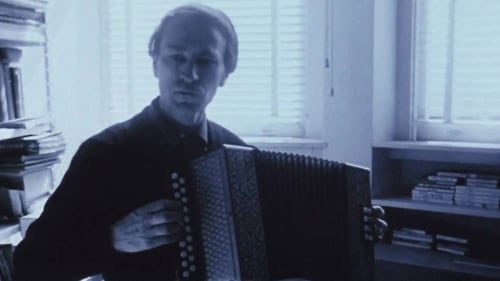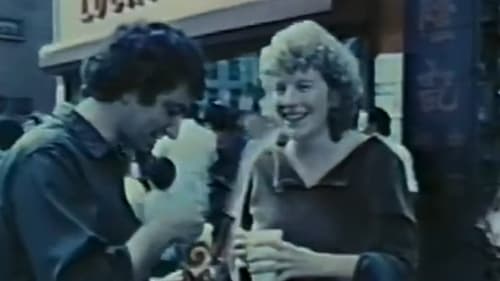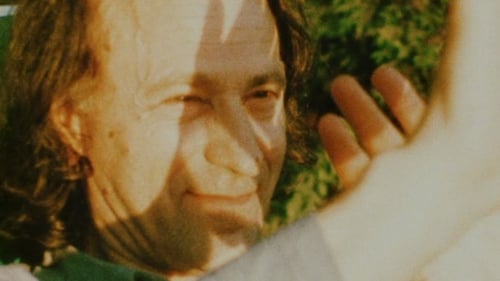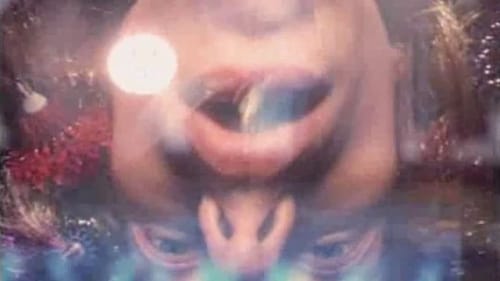Clear years (2015)
Género : Documental
Tiempo de ejecución : 1H 16M
Director : Frederic Guillaume
Sinopsis
I wasn’t told. I wasn’t told it would be so difficult to live together. To keep a family together. To maintain love and happiness. I wasn’t told, and if someone had told me I wouldn’t have listened. I chose to live with my camera in my hand, filming the trajectory of feelings, from the golden age to the lost paradise, from being born to being reborn.

Jamie (Kay Panabaker) es una chica de 14 años que se siente insegura de sí misma, y su entorno no la ayuda demasiado. En casa está rodeada de fotos de chicas con físico perfecto, y en el colegio hay un grupito que la molesta con comentarios sarcásticos. Jamie descarga todas sus frustraciones en su diario, en el que inventa las aventuras de una superheroína que ella misma ha creado y que es su alter ego. Todo cambiará cuando un editor lee este diario y decide publicarlo.

Elena, 35, y Jake, 26, se conocen por casualidad en nochevieja intentando coger el mismo taxi. Pero en lugar de ir cada uno por su cuenta, comparten el viaje y acaban empezando una relación. A las pocas semanas ya están viviendo juntos y, poco después, hablando de formar una familia. Pero poco a poco la realidad se irá imponiendo y complicará las cosas.

Film dividido en tres episodios, que refleja la vida y opiniones de Nanni Moretti. «En mi Vespa» es una aproximación a la vida cotidiana de Roma durante el mes de agosto; en "Islas" visita a Gerardo, un amigo que lleva once años viviendo en Lipari; juntos recorren otras íslas como Salina, Stromboli, Panarea y Alicudi. En "Médicos" el director rueda su propia quimioterapia y su recorrido por hospitales y especialistas incapaces de diagnosticarle la causa de unos insoportables picores.

A compilation of over 30 years of private home movie footage shot by Lithuanian-American avant-garde director Jonas Mekas, assembled by Mekas "purely by chance", without concern for chronological order.

An epic portrait of the New York avant-garde art scene of the 60s.

The honest and meticulous cashier, Savvas, works in a business and is often pressured by his wife’s siblings to embezzle money from his job and lend it to them. When his manager, leaving on a trip, entrusts him with a million drachmas without a receipt, Savvas succumbs to the pressure and gives some of the money to his brother-in-law. In the end, however, an unexpected development awaits Savvas, since his manager is killed in an airplane crash and he has to decide what to do with the money.

Filmmaker Jonas Mekas films 160 underground film people over four decades.

Jonas Mekas adjusts to a life in exile in New York in his autobiographical film, shot between 1949 and 1963.

A film collage tracing the story of the lives, loves, and deaths within the artistic community surrounding Jonas Mekas.

An extremelly honest man, Timoleon Lambrou (Dinos Iliopoulos), who has lost his job many times due to his honesty finds a wallet full of cash and a letter from the USA that belongs to a military General who is the president o a large public organisation and decides to return it. The General's wife though, Lia (Rena Vlahopoulou), covers for her brother (Andreas Douzos) who has embezzled from her husband's organisation and the letter proves the lies and embezzlements. Finally, Lia gets hold of the letter despite the honest man's objections but the General, decides to hire him due to his honesty. There, he discovers the embezzlements and when he tells everything to the General, his wife and her brother try to prove that he is crazy, a crook, a communist and anti-systemic, things that usually make the General furious. The honest man is imprisoned but in the end Lia decides to come forth with the truth.

Thanasis an honest tax official in the tax office. He can not cope and has trouble providing the family of the necessities. So the wife is forced to go to work in a factory as a result not seen at all. !!!

Documentary exploring the truth behind the legend of John Lennon.

Over the course of more than fifteen years, Clémenti films a series of intimate diaries, starting from daily encounters. In La deuxième femme, we see Bulle Ogier and Viva, Nico and Tina Aumont, Philippe Garrel and Udo Kier, a performance by Béjart, a piece by Marc’O, concerts by Bob Marley and Patti Smith (not always recognisable)... It’s like a maelstrom of psychedelic images that are passed through a particle accelerator.


Homeo is a mental construction made from visual reality, just as music is made from auditive reality. I put in this film no personal intentions. All my intentions are personal. I’ve made this film thinking of what the audience would have liked to see, not something specific that I wanted to say: what the film depicts is above all reality, not fiction. Homeo is, for me, the search for an autonomous cinematographic language, which doesn't owe anything to traditional narrative, or maybe everything. Cinema is, above all, part of a way of life which will become more and more self-assured in the years and century to come. We are part of this change, and that’s why I tried in Homeo to establish a series of perpetual changes, in constant evolution or regress, which tries, above all, to focus on things.

A short documentary by Jim McBride.

One of the very few films made by Etienne O'Leary, all of which emerged from the French underground circa 1968 and can be very loosely designated 'diary films.' Like the contemporaneous films by O'Leary's more famous friend Pierre Clementi, they trippily document the drug-drenched hedonism of that era's dandies. O'Leary worked with an intoxicating style that foregrounded rapid and even subliminal cutting, dense layering of superimposed images and a spontaneous notebook type shooting style. Yet even if much of O'Leary's material was initially 'diaristic,' depicting the friends, lovers, and places that he encountered in his private life, the metamorphoses it underwent during editing transformed it into a series of ambiguously fictionalized, sometimes darkly sexual fantasias. - Experimental Film Club

A woman walks, loves, eats and washes herself, dances. It all takes place in a bedroom. At times flashbacks, or visualizations of previous or following scenes. Unless her life in the bedroom becomes an obsession, she lives through the other scenes.

The comings and goings of the late underground filmmaker, Curt McDowell—and the people and activities that came and went along with him—are the themes that run through this existential diary of daily life. McDowell was dying from AIDS-related illnesses during the production of the diary. “An elegy for McDowell, the videowork captures Kuchar’s mournful remembrances of his long-lasting friendship with the young filmmaker. But it also has the inquisitive charm, perverse humor, and quirky candor that places Kuchar’s visual expressions in a gritty niche all their own.”














